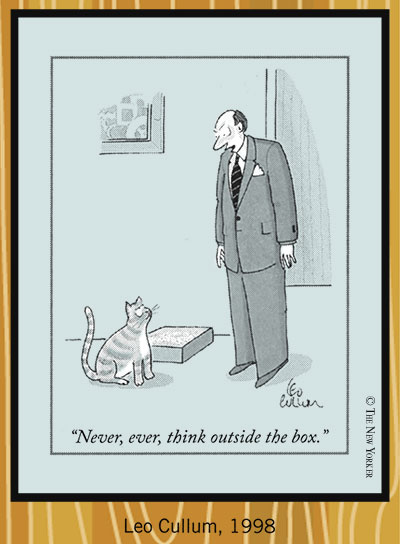 |
| (Courtesy of moxie.mislitter.com) |
Two of the the best aspects of practicing veterinary medicine are the interesting variety of cases and creative options for treatment one has. Unlike human medics who, whether for fear of liability or lack of opportunity and creativity, seem rarely to deviate from well-tested and prescribed standards of care, veterinarians frequently venture off the beaten path. This isn't to say we don't have standard treatments and well-documented outcomes, but many of us have them in addition to a bag of tricks and a toy box full of improvised tools.
I've already written about Bea the Standardbred trotting filly and re-purposing concrete rebar as a splint. On the other end of the weight spectrum, I've reshaped a wire clothes hanger to stabilize a tibial fracture on a chihuahua puppy. And many a syringe casing sliced in half length-wise and custom-padded has been applied to an avian leg fracture. Animals have a remarkable ability to heal with a little help and enforced rest of the injury.
Some of my most curious cases have involved what are politely termed dietary indiscretions. Other descriptions include "garbageitis" or the shocked, "She ate WHAT ?
 |
| (Courtesy of Mydogatewhat?) |
In particular, there was the cocker spaniel known for eating rugs. Things usually passed uneventfully but unfortunately one of her taste tests involved a floor covering with very sturdy jute backing. Apparently undeterred by the toughness of her snack, she doggedly persisted and managed to ingest a significant amount of rug before discovery. However, the jute proved superior in the end because she required surgery.
And that's where it got interesting.
Foreign body removal is a somewhat routine endeavor in canine medicine. Usually, the offending material is located, a minimal incision is made to retrieve the object(s) which can usually be 'milked' along to the opening, and some portion of the gastrointestinal tract is sutured back together. Occasionally the non-food item will cause enough injury that removing a portion of bowel is necessary. This is a more involved procedure with additional risks for infection and poor healing but still frequently encountered.
| (Spay hook, courtesy of studydroid.com) |
The moral of the story: High fiber diets aren't always ideal.
Brenna the Golden Retriever had an interesting resolution too. This was one of those attempts to prevent significant additional expense and also due to a dietary "oops." Brenna liked to eat rocks.
(Have I mentioned my doubts about the intellectual capacity of some canines yet?)
She'd been a bit off of late and given her history an abdominal x-ray seemed in order. We saw what looked like pebbles in various stages of transit, none of them seemed large enough to cause a problem. The medium-sized fish hook in her stomach was a different story.
We discussed referring Brenna for endoscopy to remove the fish hook, less invasive than abdominal surgery but still pricey. Watching and waiting was a nail-biting option and has been known to lead to a good outcome but if the hook left the stomach the chance of it perforating the intestines was a concern. That left abdominal surgery or inducing vomiting, both of which had drawbacks. Anesthetic risk, healing time, the possibility of infection and expense of surgery versus the hook lodging in and possibly perforating the esophagus, which would be much more complicated to manage. As we discussed our options Brenna sat wagging her tail, happy to be off the x-ray table and sniffing around for a treat.
There was the answer to the dilemma. She really would eat anything.
After a little more discussion, I mixed up a slurry of canned food and water, soaked several pieces of roll cotton in the resulting slop and offered them to Brenna who gleefully gulped them down. She completely obliged my plan to feed her enough cotton to engage the fish hook. Brenna was perhaps a little less delighted a few minutes later when she vomited into a large and strategically placed basin, but finding the fish hook in the resulting mess was cause for the human participants to rejoice. I used this same technique a few years later with another dog who'd eaten a disposable razor, blade and all. Curiously, the second dog was also a Golden Retriever.
Sometimes what goes down must come up.
No comments:
Post a Comment